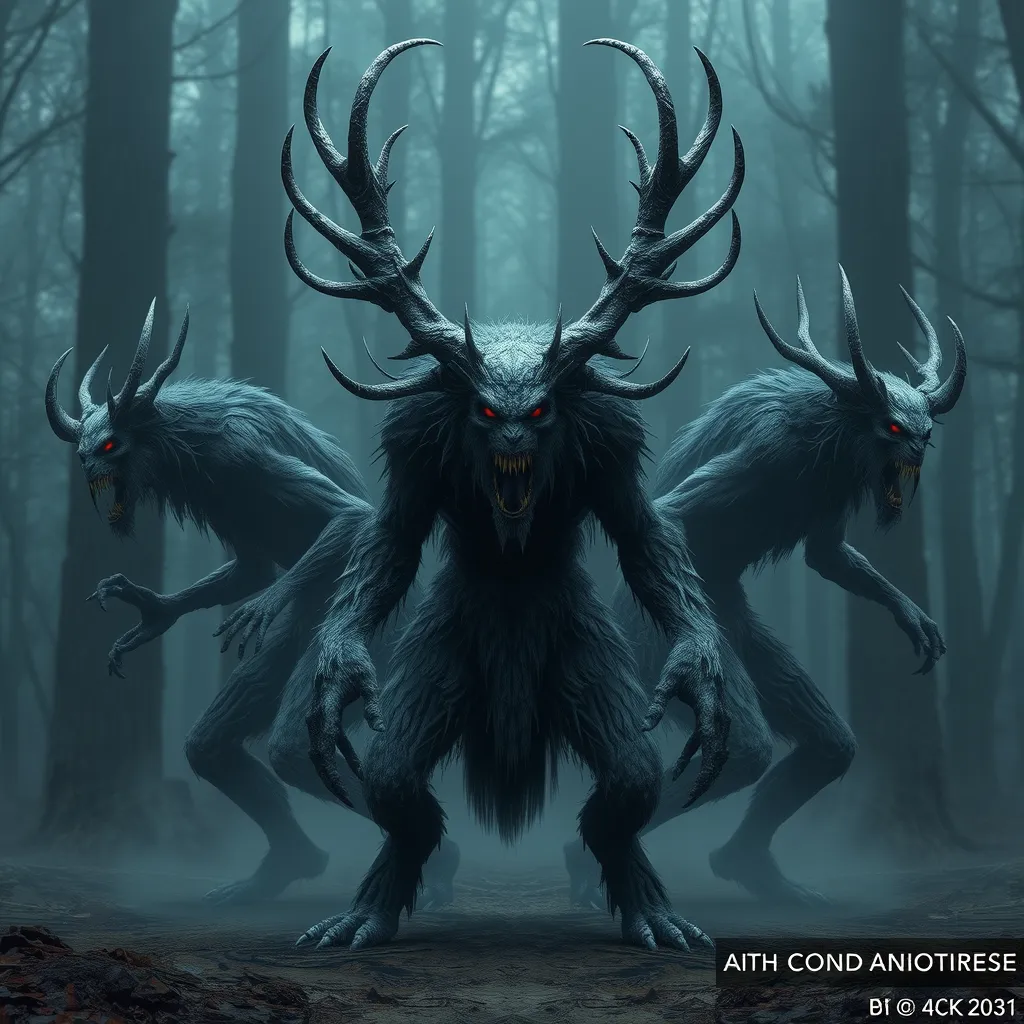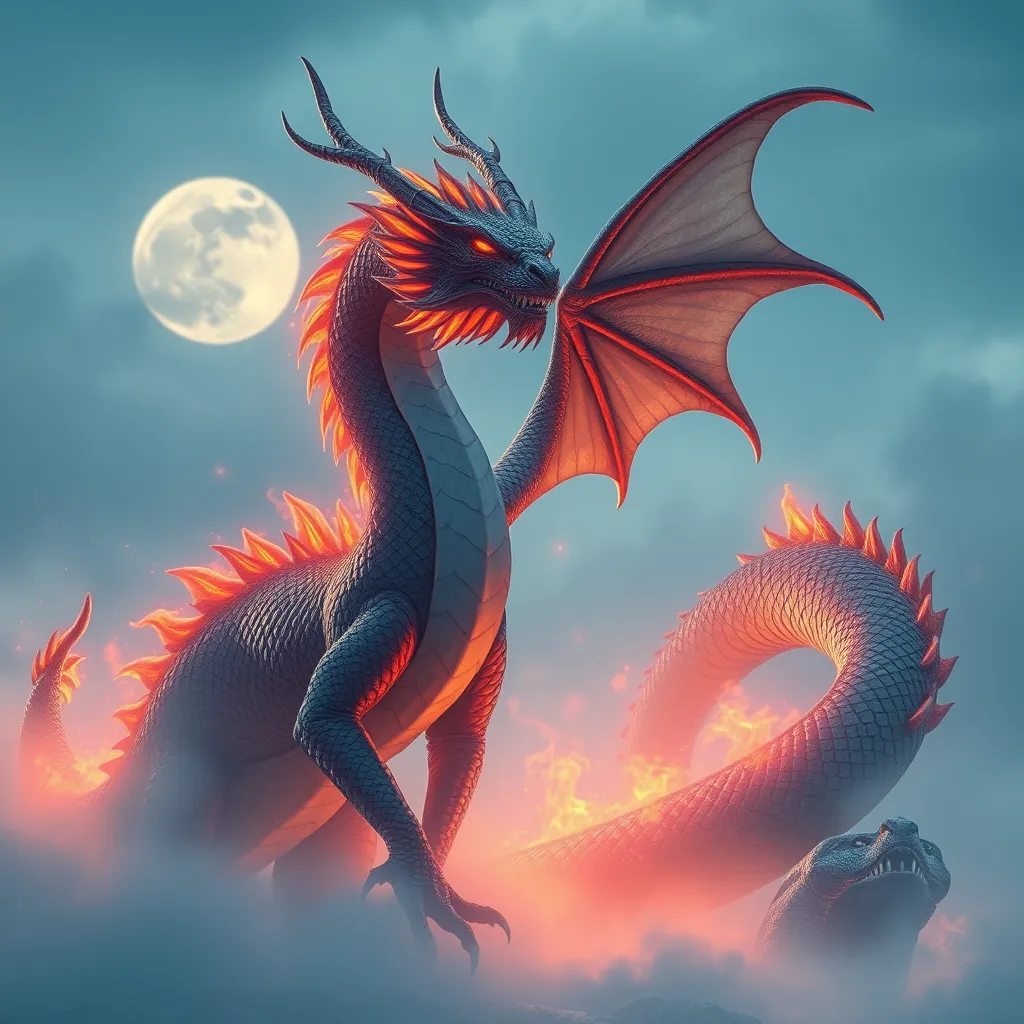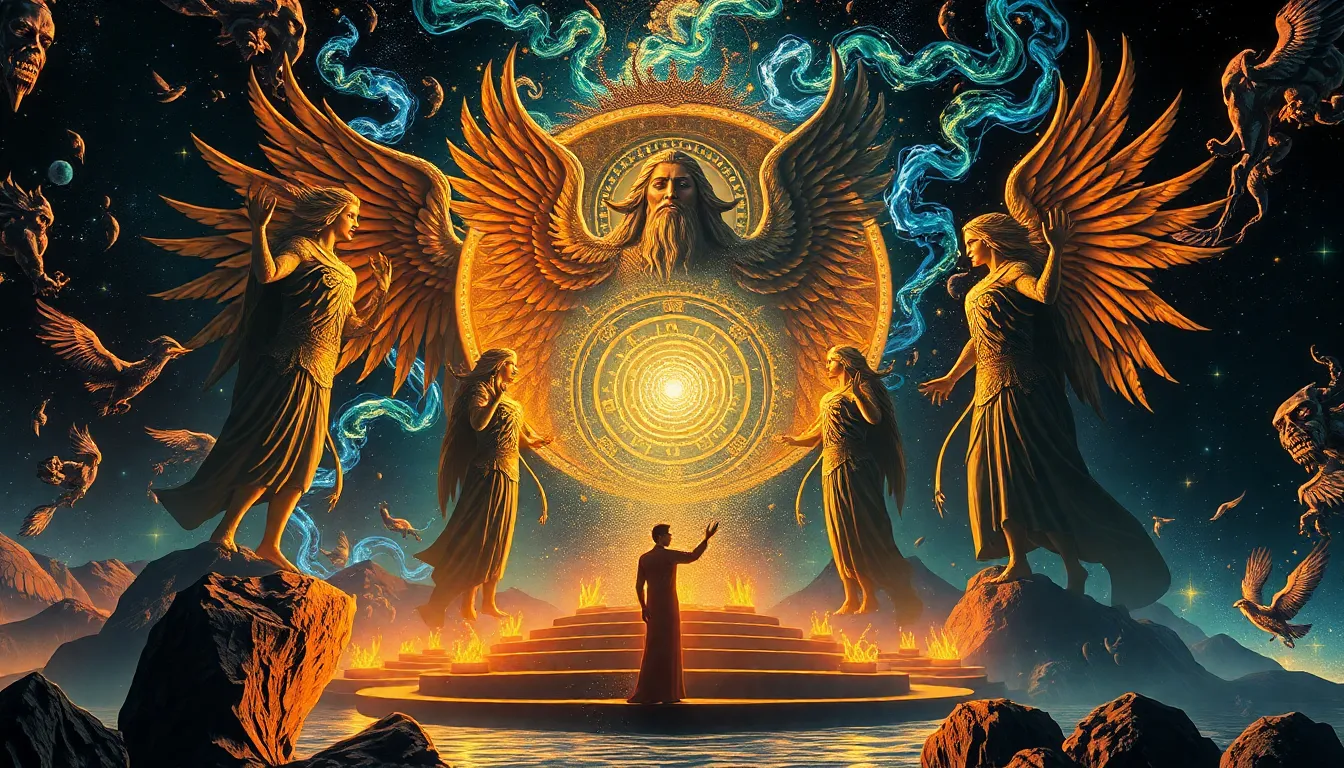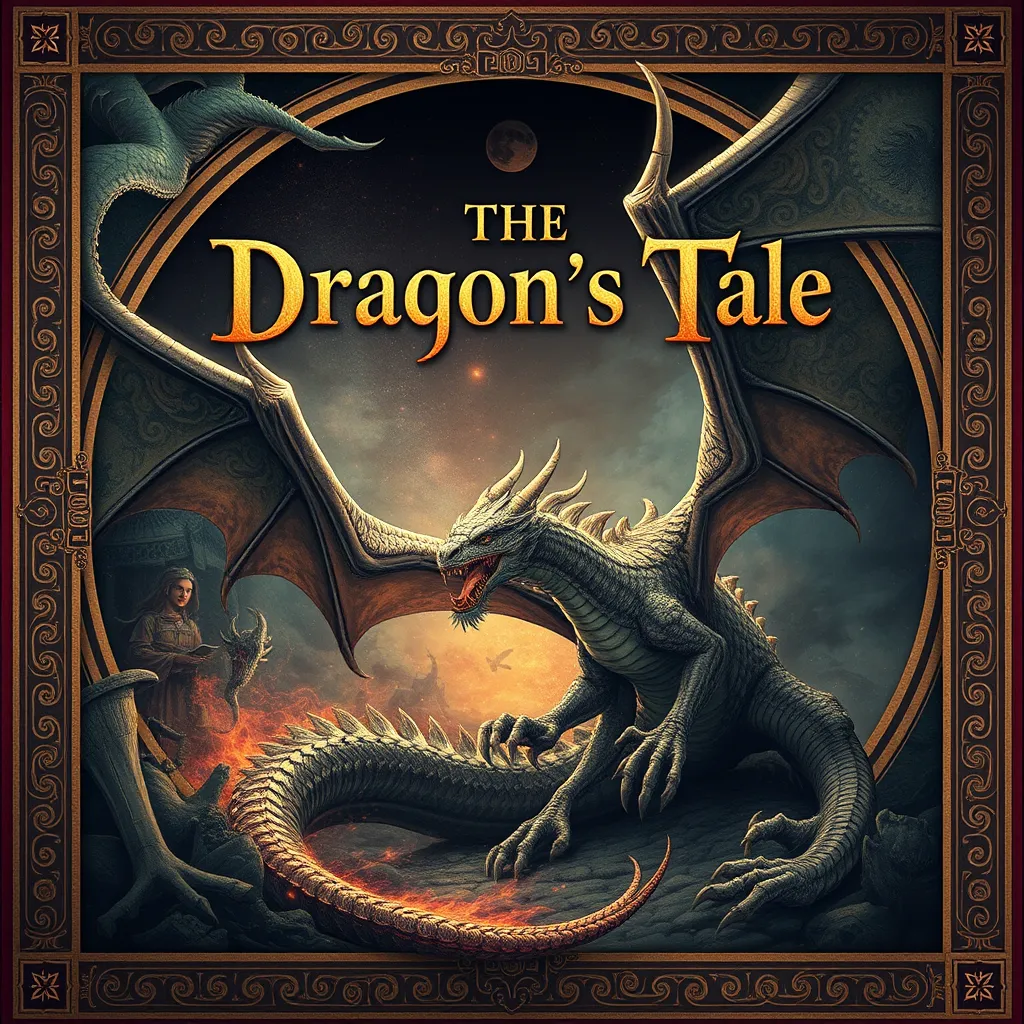The Wendigo’s Transformation: Exploring the Varying Forms of this Fearsome Creature
I. Introduction to the Wendigo Mythology
The Wendigo is a legendary creature deeply rooted in Native American folklore, particularly among the Algonquian people. This malevolent spirit has captivated the imagination of many and serves as a chilling reminder of the consequences of human vices. In this article, we will delve into the various forms and interpretations of the Wendigo, exploring its role in cultural narratives and its significance in the modern world.
II. Origins of the Wendigo Legend
The origins of the Wendigo legend can be traced back to the Algonquian culture, where it was initially conceived as a spirit of winter and famine. It embodies the dangers of greed and excess, representing the consequences of overindulgence and selfishness. The myth has evolved over generations through oral traditions, adapting to the changing social and environmental landscapes.
- Historical roots: The Wendigo is often described as a creature that once was human but transformed into a monster due to cannibalistic acts or insatiable greed.
- Symbolism: It serves as a cautionary tale about the dangers of losing one’s humanity in the pursuit of material wealth.
- Oral traditions: The tales of the Wendigo have been passed down through generations, evolving in their details and meanings.
III. Physical Descriptions of the Wendigo
Throughout various folklore accounts, the Wendigo is depicted with a range of physical characteristics that reflect the fears and anxieties of the communities that tell its story. Common descriptions include:
- Emaciated body, often described as skeletal and gaunt.
- Long, sharp claws and a mouth filled with jagged teeth.
- Glowing eyes that reflect a predatory nature.
However, there are notable variations in its appearance based on regional stories:
- Some narratives portray the Wendigo as a towering figure, while others depict it as a more diminutive creature.
- Environmental factors, such as the harshness of the winter landscapes, often influence how the Wendigo is visualized.
IV. Psychological Transformation: The Human to Wendigo
The transformation from human to Wendigo is often linked to themes of cannibalism and the psychological effects of isolation and starvation. The legend suggests that when a person resorts to cannibalism, they become possessed by the spirit of the Wendigo, leading to a loss of humanity.
- Cannibalism: The act of consuming another human being is central to the Wendigo myth, as it signifies a surrender to base instincts and the primal urge for survival.
- Isolation and starvation: Many stories illustrate how extreme conditions, such as being stranded in winter, can lead to desperation and the emergence of the Wendigo spirit.
- Personal accounts: There are numerous stories of individuals who, driven to madness by their circumstances, believed they had become Wendigo.
V. Wendigo in Modern Media
The Wendigo has made its way into various forms of modern media, including literature, film, and television. These portrayals often differ significantly from traditional depictions, reflecting contemporary fears and societal issues.
- Literature: Authors like Algernon Blackwood and Stephen King have incorporated the Wendigo into their works, often using it as a metaphor for human greed and existential dread.
- Film: Movies such as “Ravenous” and “Antlers” present the Wendigo as a terrifying creature, emphasizing its connection to cannibalism and survival horror.
- Analysis: Modern interpretations often strip the Wendigo of its cultural significance, framing it instead as a generic monster.
VI. Cultural Interpretations and Symbolism
The Wendigo serves as a powerful metaphor for various societal issues, embodying themes such as greed, environmental destruction, and moral decay. Different Indigenous cultures interpret the Wendigo in unique ways, leading to a rich tapestry of meanings.
- Societal issues: The Wendigo symbolizes the consequences of unchecked consumption and the impact of colonialism on Indigenous communities.
- Indigenous interpretations: Various tribes have their own versions and understandings of the Wendigo, often linking it to moral lessons relevant to their experiences.
- Environmental lessons: The Wendigo myth can also be seen as a warning against the exploitation of natural resources and the importance of living in harmony with the environment.
VII. The Wendigo in Contemporary Beliefs
Even in modern times, the legend of the Wendigo continues to resonate, with reported sightings and encounters adding to its mystique. The relevance of the Wendigo in today’s cultural landscape raises questions about belief and the human psyche.
- Modern sightings: There have been numerous reports of Wendigo encounters, particularly in northern regions of the United States and Canada.
- Cultural relevance: The Wendigo remains a topic of interest in discussions about folklore and its place in contemporary society.
- Psychological phenomena: Some researchers explore the psychological effects of the Wendigo legend, linking it to phenomena such as mass hysteria and collective trauma.
VIII. Conclusion
In summary, the Wendigo’s transformation from a human to a fearsome creature symbolizes the dangers of greed, isolation, and the loss of humanity. Its enduring nature in both folklore and modern media highlights the significance of this myth in cultural narratives. As we reflect on the Wendigo’s place in history and its contemporary relevance, it is essential to acknowledge and respect Indigenous narratives and their meanings, ensuring that the Wendigo remains a vital part of cultural discourse.



